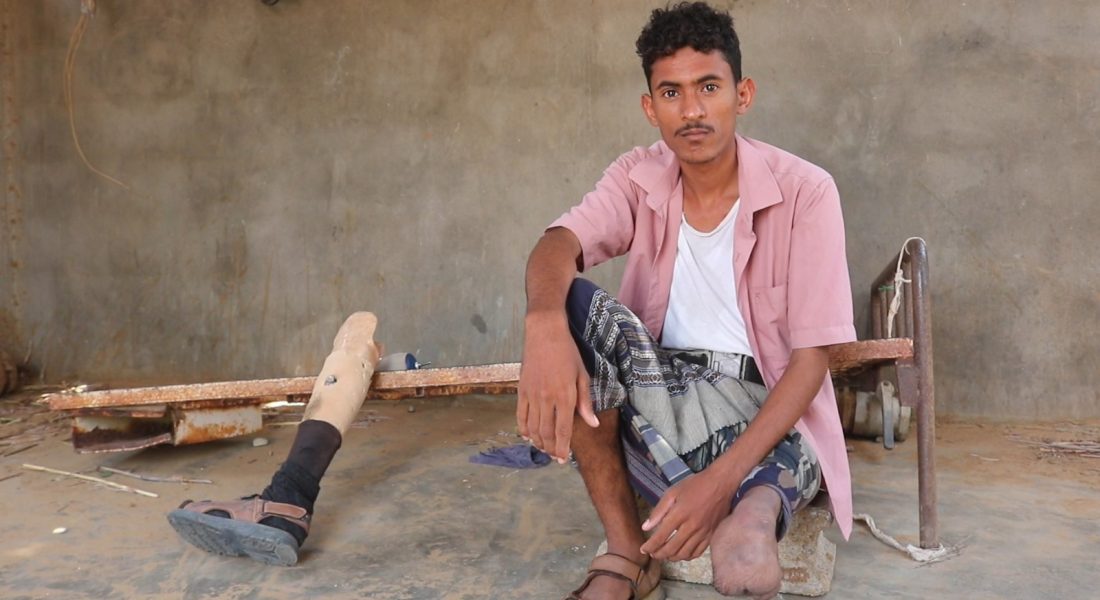In the village of Al-Gharza, located in the Haradh District of northern Hajjah Governorate, a young man named Mohammed lost his leg after stepping on a landmine while grazing sheep near his home. He is one of dozens of civilians in the area who have been killed or severely injured by landmines that continue to threaten life and livelihood in this heavily contaminated region.
Speaking to Project Masam’s Media Office, Mohammed recalled the moment that changed his life: “I was tending to the sheep near my house when the mine exploded, and I lost my left foot.”
His words carry a quiet exhaustion shared by many in his community. Years of conflict have left their farmland and pastures littered with explosives. Even simple daily tasks (tending livestock, collecting firewood, or walking to neighbouring villages) have become life-threatening risks.
“Why were mines planted in our farms and grazing lands?” he asked. “We go out only to sustain our families, but we come back injured or worse. So many people here have lost limbs or lives to these explosions.”
The Haradh District, once a centre for agriculture and trade near the Yemeni-Saudi border, has been among the hardest hit by landmine contamination. Mines and improvised explosive devices left behind after years of shifting frontlines have devastated rural livelihoods, displaced families, and isolated entire villages.
“Mines have destroyed our dreams and ruined our lives,” Mohammed said. “We are surrounded by danger. People here can no longer live normal lives: every step could be fatal.”
Residents in northern Hajjah continue to live under the constant threat of explosive remnants of war. Their only hope lies in the ongoing efforts of Project Masam, whose clearance and awareness operations are helping communities reclaim their land, restore safety, and rebuild their lives after years of conflict.

